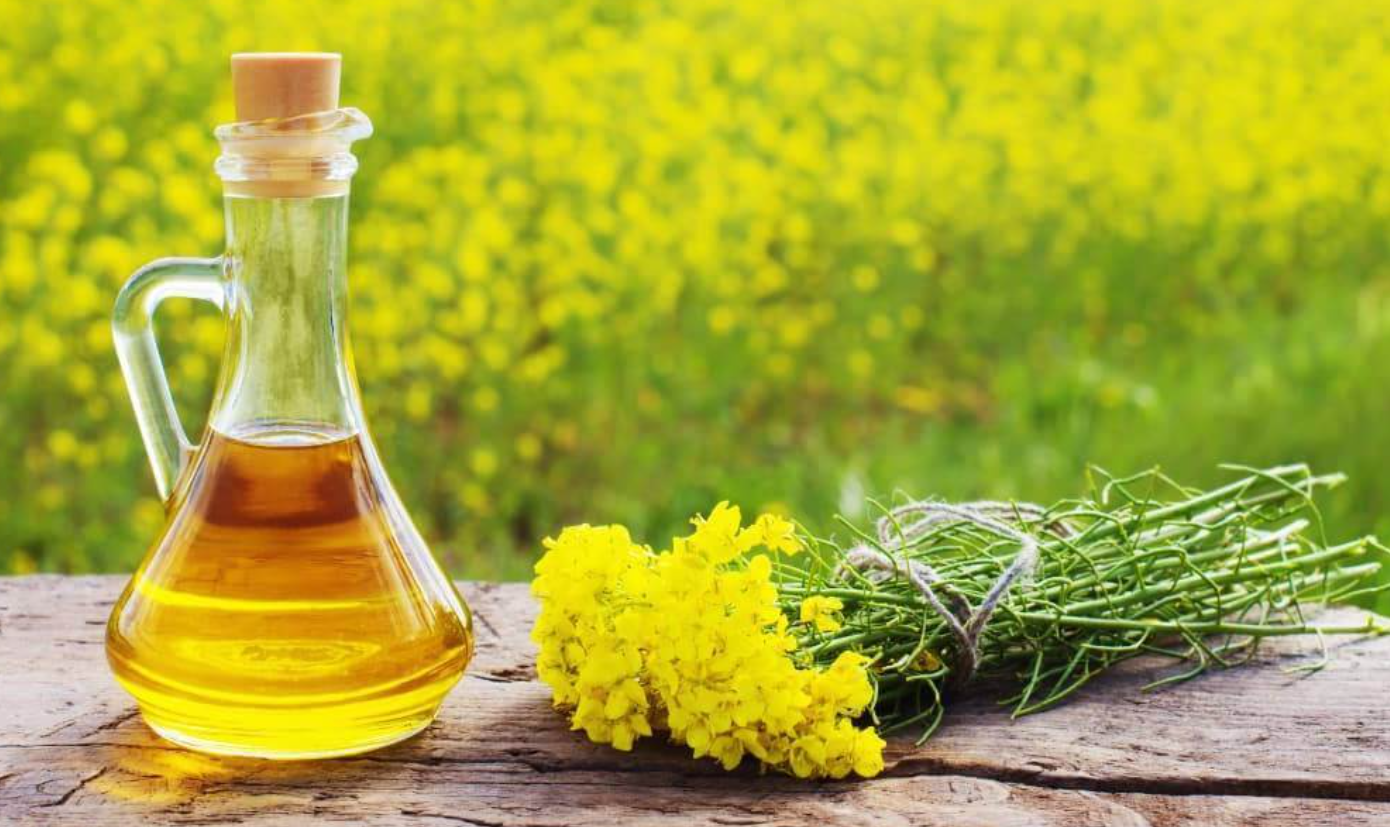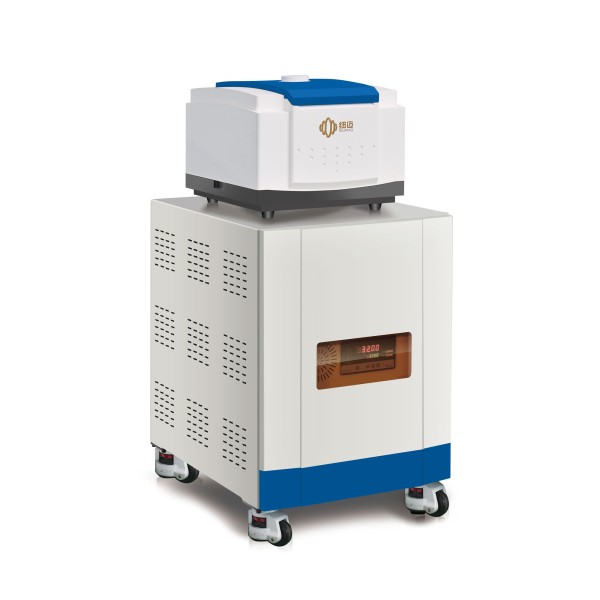Влажность масла в семенах
Oil Moisture Content of Seeds Background
The oil moisture content of seeds is an important factor in determining the quality and stability of seed oils.The oil moisture content of seeds can vary depending on the seed type, environmental conditions during growth and harvest, and storage conditions.
Seeds with high moisture content can lead to poor quality oil due to increased levels of free fatty acids, which can affect the taste, aroma, and stability of the oil. High moisture content can also increase the risk of microbial growth and spoilage during storage.
Поэтому, it is important to harvest seeds at the appropriate moisture content and to store them in a dry and cool environment to maintain the quality of the seed oil. The recommended moisture content for seed storage varies depending on the seed type but generally ranges from 8% к 12%.
Oil Moisture Content of Seeds Measuring Methods
There are several methods available to measure the oil moisture content of seeds. Here are some of the most commonly used methods:
- Oven Method: В этом методе, a sample of seeds is weighed and then dried in an oven at a specific temperature for a specific period of time. The weight of the sample before and after drying is measured, and the moisture content can be calculated based on the weight loss.
- Distillation Method: This method involves the distillation of a known weight of seeds using solvents such as hexane or ether. The oil content is calculated based on the weight of the extracted oil.
- БИК-спектроскопия: Near-infrared (НИР) spectroscopy is a non-destructive method of analyzing the composition of a sample. В этом методе, a sample of seeds is exposed to NIR light, and the reflected light is measured. The oil and moisture content of the sample can be determined by analyzing the NIR spectra.
- Microwave Method: В этом методе, a sample of seeds is exposed to microwave radiation, and the moisture content is measured based on the change in weight of the sample before and after exposure.
- Титрование по Карлу Фишеру: This method is used to determine the moisture content of a sample by titrating it with a Karl Fischer reagent. The reagent reacts with water in the sample, and the moisture content is calculated based on the amount of reagent used.
- Specific Gravity Method: This method involves measuring the specific gravity of a sample of seeds. The oil content can be calculated based on the difference in specific gravity between the seeds and the oil.
Each of these methods has its advantages and disadvantages, and the choice of method will depend on factors such as the type of seed, the required accuracy, and the equipment available.
Oil Moisture Content of Seeds Measuring by Low Field NMR
Ядерный магнитный резонанс низкого поля (ЯМР) is a technique that can be used to measure the oil moisture content of seeds. This technique is based on the fact that the NMR signal of hydrogen atoms in a sample is influenced by the local magnetic field, which in turn is influenced by the chemical environment of the hydrogen atoms.
In the case of seeds, the hydrogen atoms in the oil and water molecules have different chemical environments, and therefore produce different NMR signals. Анализируя сигнал ЯМР, тот oil moisture content of the seed can be determined.
Low field NMR is a non-destructive method, which means that the sample can be analyzed without being destroyed. This is an advantage over some of the other methods, such as the oven method, which requires the sample to be dried.
Low field NMR also has the advantage of being able to measure both oil moisture content in the same sample, without the need for additional processing steps. This can save time and reduce the risk of error.
Однако, low field NMR does have some limitations. It may not be suitable for all types of seeds, and the accuracy of the measurement may be affected by factors such as the temperature and homogeneity of the sample.
Low field NMR is a useful technique for measuring the oil moisture content of seeds, и становится все более популярным в пищевой и сельскохозяйственной промышленности..
Преимущества низкопольного ЯМР
Ядерный магнитный резонанс низкого поля (ЯМР) has several advantages over other techniques used to measure the properties of materials, such as the oil moisture content of seeds:
- Неразрушающий: Low field NMR is a non-destructive method, which means that the sample can be analyzed without being destroyed. This is an advantage over some other techniques, such as the oven method, which require the sample to be destroyed during the analysis.
- Быстро и точно: Low field NMR can provide fast and accurate measurements of the oil and moisture content of seeds. The technique is highly sensitive and can detect very small changes in the sample.
- Универсальный: Low field NMR can be used to measure a wide range of materials, включая твердые вещества, жидкости, и газы. This makes it a versatile technique that can be applied to many different applications.
- Минимальная подготовка проб: Low field NMR requires minimal sample preparation, which reduces the time and cost of the analysis. This is an advantage over some other techniques that require more extensive sample preparation.
- No hazardous chemicals: Low field NMR does not require the use of hazardous chemicals, which makes it a safer technique to use than some other methods.
- Портативный: Low field NMR systems can be made portable, which means that they can be used in the field or in remote locations. This is an advantage over some other techniques that require laboratory-based equipment.
 заплесневелый
заплесневелый

